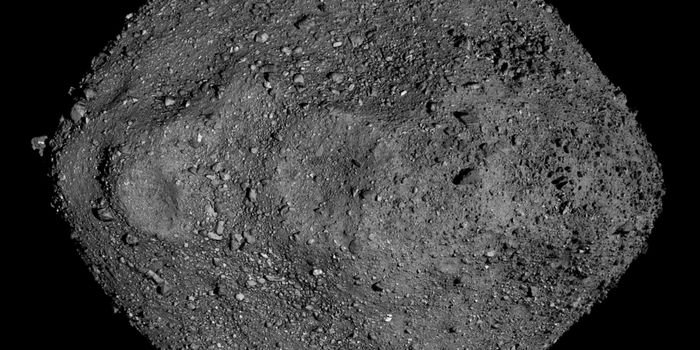The Science Behind Nuclear Fission-Powered Space Engines
The cold and unforgiving environment in outer space presents a lot of challenges, with one of those being power generation. Solar arrays can be capable enough for some missions, but others venture out so far into the solar system that they can’t generate enough power from solar energy alone. That’s where nuclear fission comes into play.
Nuclear fission has been used in many of NASA’s space missions over the decades, including Voyager 1, Cassini, and the Martian Curiosity rover, to name a few. More importantly, that nuclear power has proven instrumental in a plethora of circumstances, allowing Voyager 1 to become the first spacecraft to reach interstellar space and permitting Curiosity to maintain operations during Mars’ recent planet-wide dust storm.
As you might come to expect, spacecraft-centric nuclear powering techniques have come a long way over the years, and while we’re hardly any closer to developing and containing a nuclear fusion process as a sustainable power source for future space missions, nuclear fission continues to prove its unmatched capabilities.
With interest in putting humankind on the Moon, Mars, and beyond, it will be necessary to generate large amounts of power, and nuclear fission offers that capability. With that in mind, it seems very likely that nuclear fission-based reactors will play a significant role in that sector, along with future spacecraft missions that explore the solar system in the name of science.








